Approximately one million plant and animal species are threatened with extinction worldwide. Now more than ever, the need is upon us to protect plants and unlock solutions to the environmental challenges we face. Looking to the past and learning from ancient Hawaiian sustainability practices may reveal the answers we need to safeguard our future. With your help, NTBG is stemming the tide of plant loss in tropical regions worldwide. When you support National Tropical Botanical Garden, you help save plants and people. This story is part one of a three-part series. Follow along to learn more about your impact and NTBG’s plant-saving science, conservation, and research initiatives. Read part II | Read part III
With approximately 1,300 native plant species, 90% endemic to the islands, conserving Hawaii’s flora presents an urgent challenge. Since 2000, 30 Hawaiian plant species have been classified as extinct, bringing the total of Hawaiian flowering plant and fern extinctions to about 130. This and the recent news that officials at the U.S. Fish and Wildlife Service removed eight bird species and one plant known only to Hawaii from the Endangered Species List due to extinction are sobering reminders that the need to protect plants and restore wild habitats is upon us.
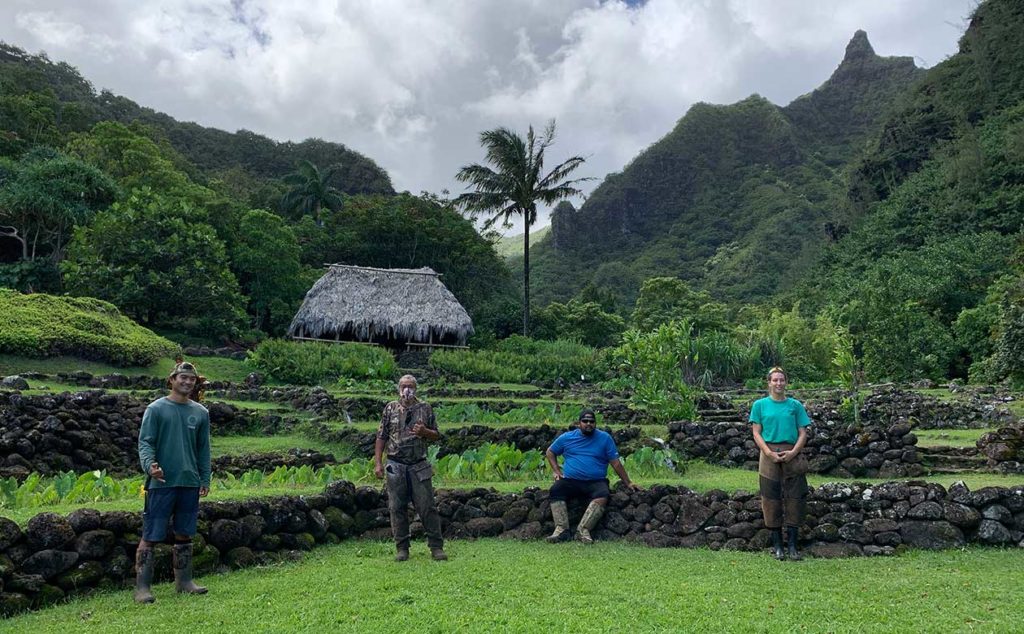
Protecting biodiversity is foundational to Hawaiian culture, and scientists and staff at National Tropical Botanical Garden have been dedicated to documenting, studying, and protecting the unique flora of the tropics for more than 50 years. While news of species loss and human impact on our changing climate seems bleak, looking to our past provides hope for the future.
Hawaii is home to the most diverse set of ecological conditions on the planet. Most life forms on Earth could find their preferred habitat within the 27 life zones located within the island chain. Tucked between towering emerald peaks on the north shore of Kauai, the Limahuli Valley is one of the most biodiverse valleys in the Hawaiian Islands. It is home to dozens of endangered plants and birds found nowhere else on Earth and has been a Hawaiian place for at least 1,500 years. Today, Limahuli is one of the last easily accessible valleys with intact archaeological complexes, ancient agriculture and aquaculture infrastructure, native forest, and pristine stream. It’s also home to NTBG’s Limahuli Garden and Preserve, where science and conservation staff work to protect the biodiversity the Hawaiian culture was built upon and model conservation practices founded in cultural values.
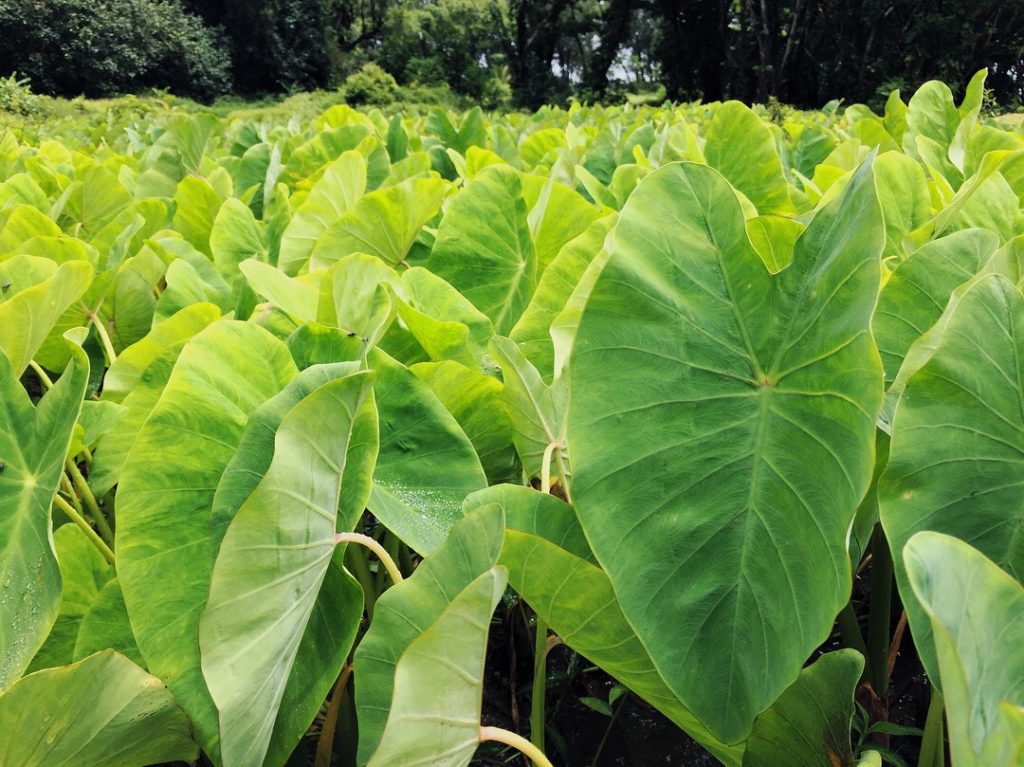
Biocultural Conservation is an approach to conservation that recognizes the inherent relationship between nature and people.
“It builds conservation efforts based on the best available science and grounded in cultural knowledge, values, and practices,” said Sam’ Ohu Gon III, Ph.D., NTBG Trustee, and Senior Scientist & Cultural Advisor, The Nature Conservancy of Hawaii.
“Instead of viewing people as separate from nature, this people-in-nature approach leads to long-term success because it involves the communities connected to the natural resources of concern and builds a broad community of support for conservation,” he continued.
One of the most well-known land management systems implemented by ancient Hawaiians is the ahupuaa system of ridge-to-reef resource management. Today there are few places where this connection between the Hawaiian people and nature is better demonstrated, or systems preserved than the Limahuli Valley.
“The ahupuaa is a social, ecological unit of land designed to meet the material and cultural needs of the human population living within it while minimizing resource conflicts between neighboring human communities,” said Gon.
The ahupuaa approach recognizes the interconnection between the mountains, ocean, and the role that freshwater plays in linking the two and sustaining life. Each ahupuaa followed the natural boundaries of the watershed and provided the resources needed to cultivate food such as fish, shellfish, shrimp, and crops of canoe plants like kalo (taro), ulu (breadfruit), banana, sweet potato, and others introduced to Hawaii by the first wave of Polynesian voyagers. Archeological evidence of at least a dozen kalo loi (agricultural system for farming taro) has been discovered at Limahuli Garden and dated to more than 800 years ago.
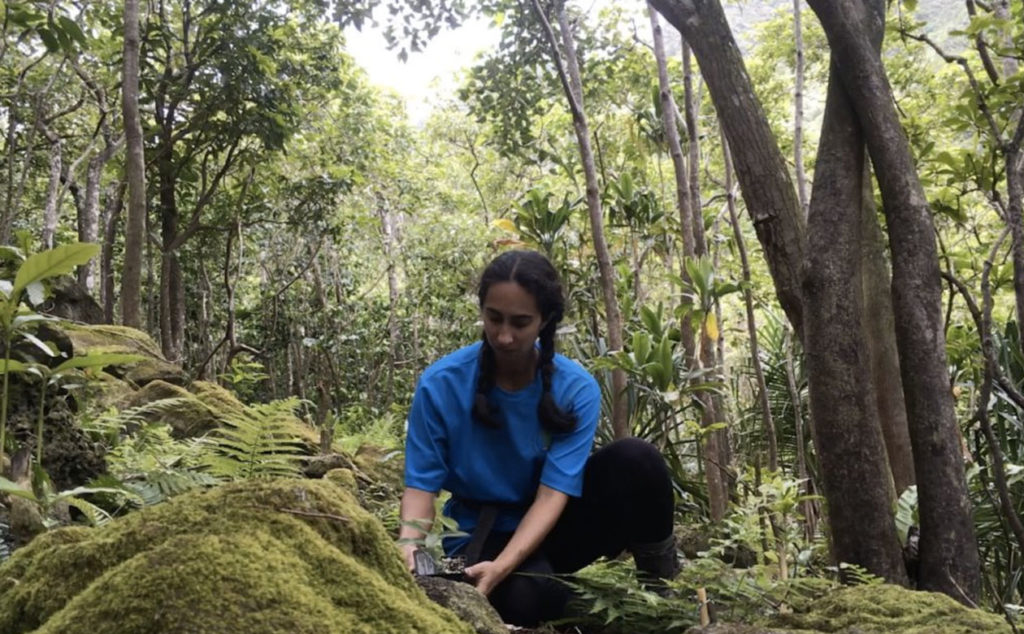
“One thing that makes the Limahuli Valley so special is that we have a historical footprint left for us here,” said Lei Wann, Director of Limahuli Garden. “The work we do in the garden and preserves, as well as the curriculum we teach, is inspired by those who came before us,” she continued.
It’s not just the biodiversity or cultural significance of the valley that makes Limahuli so unique, but the potential it has to inform and change the way we practice conservation and resource management in the 21st century and beyond,” she continued.
At the height of ancient Hawaiian society, this resource management system could have provided food for a population of up to a million people without external resources. Today, approximately 90% of the food consumed in Hawaii is shipped in from elsewhere, and more than 80% of the world’s hungry live in tropical and subtropical regions of the globe. Breadfruit, a canoe plant, and crop cultivated by people indigenous to Oceania for millennia, is an ancient staple ideally suited to inform and provide for a modern world. NTBG’s Breadfruit Institute combines traditional farming methods, ancient knowledge, and contemporary science at the Regenerative Organic Breadfruit Agroforest (ROBA) demonstration in NTBG’s McBryde Garden.
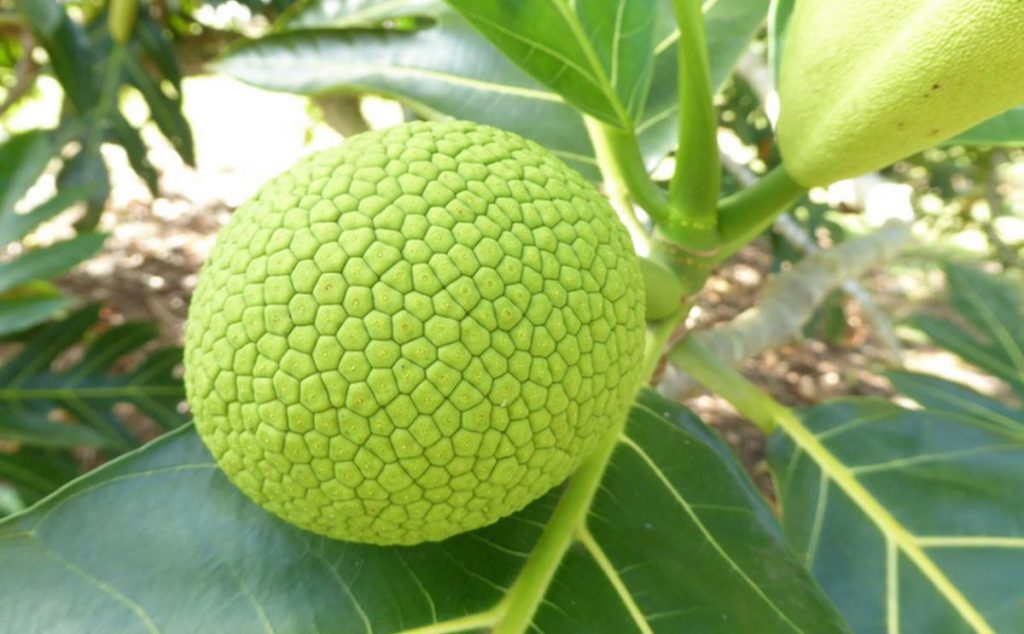
“Breadfruit has nourished people for thousands of years and affords the opportunity to cultivate an abundance of nutritious and delicious food in ways that help, rather than harm, people and the planet,” says Dr. Diane Ragone, Director of the Breadfruit Institute.
NTBG has been involved in the conservation of breadfruit since 1977, and The Breadfruit Institute was established in 2003 to promote the conservation, study, and use of breadfruit for food and reforestation. NTBG’s unique breadfruit collection represents a global resource to support efforts to advance regenerative agriculture and agroforestry, food security, and economic development.
“We’ve lost some of our understanding of how limited our natural resources really are,” said Mike Opgenorth, Director of NTBG’s Kahanu Garden and home to the most extensive collection of breadfruit varieties and species in the world, preserving some varieties that no longer exist in their native lands. “By looking into our history and utilizing traditional ecological knowledge, we have the opportunity to compare important metrics of well-being and resource availability over time which can inform community-centric approaches to conservation today,” he continued.
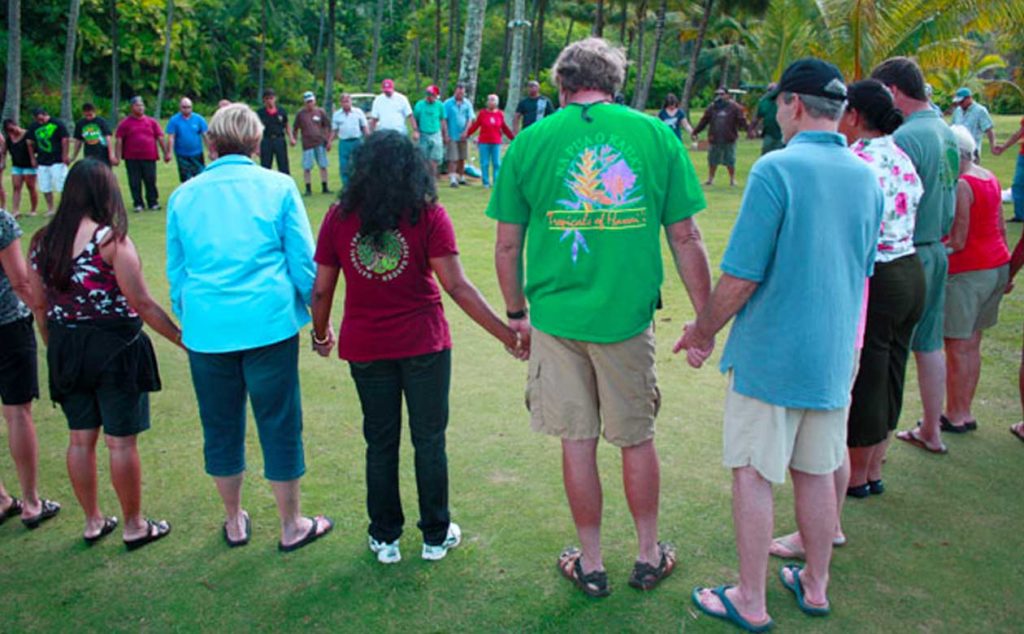
Today 85% of the land once home to diverse ecosystems, and native flora before human contact in Hawaii has been lost to the human footprint. Human activities such as deforestation and land clearing for agricultural purposes contribute to the loss of biodiversity and our changing climate. However, we have the knowledge and ability to change and minimize our impact. Now is the time to look to the past to protect our future and take responsibility for the need that is upon us. Support biocultural conservation efforts at NTBG with a year-end gift today. Together we can make a difference, protect biodiversity, and restore nature. Donate now.
Are you interested in learning more about biocultural conservation? Check out these resources.
Biocultural Conservation, NTBG
Webinar: Biocultural Stewardship and Restoration, NTBG
A Hawaiian Renaissance That Could Save the World (Gon, Winter)
Biocultural Conservation with Sam ‘Ohu Gon Webinar, The Nature Conservancy, Hawaii and Palmyra